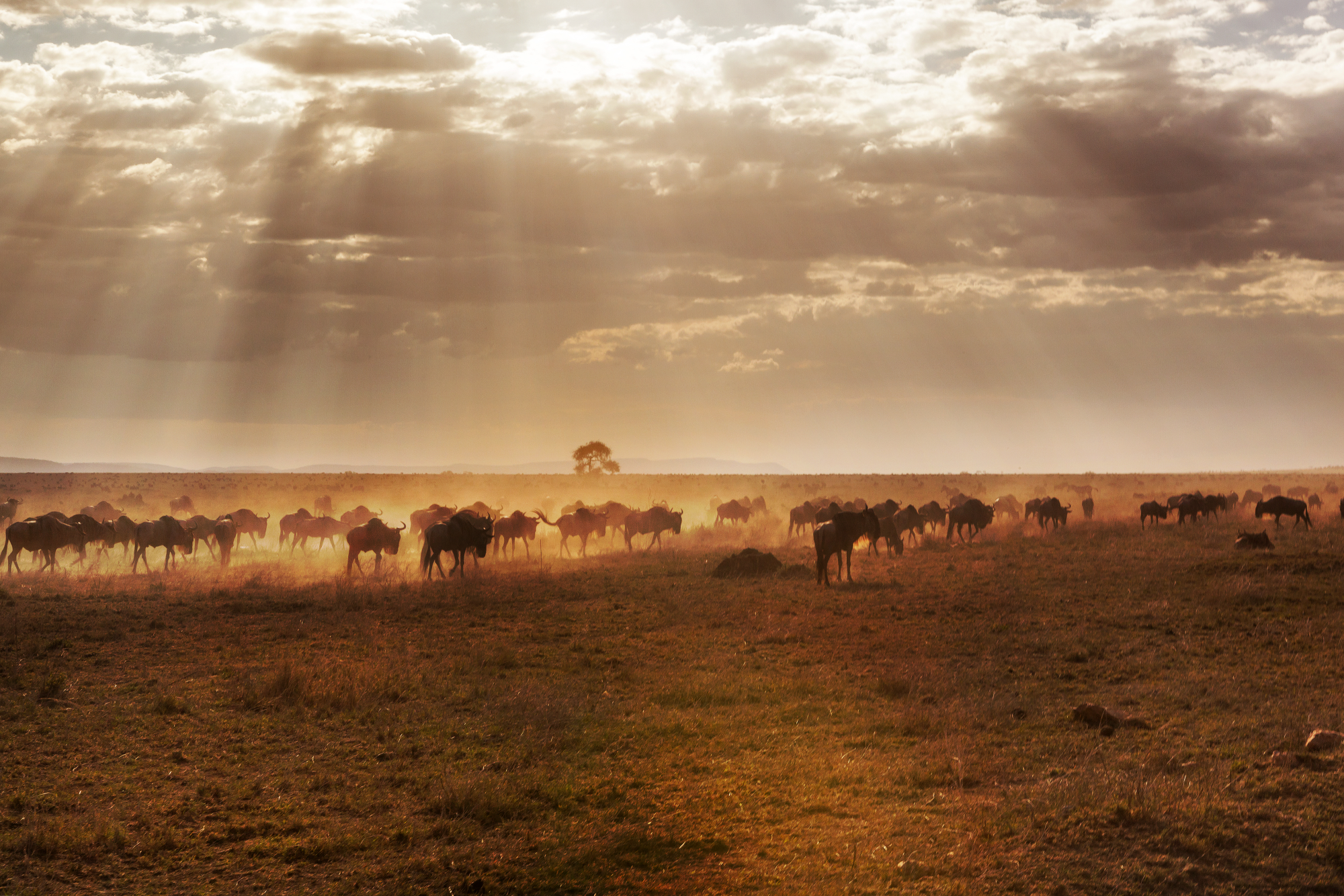The political ecology of hunting in Namibia’s Kaokoveld evolved over 120 years, from ivory trade and local practices to state-controlled and then community-based trophy hunting within conservancies. Initially driven by global ivory demand, extensive elephant hunting led to significant population declines. Colonial rule restricted hunting to officials, marginalizing locals. Later, anti-conservation policies and drought decimated wildlife, prompting international concern. Contemporary conservancies, established in the 1990s, allow communities to manage and benefit from wildlife, including trophy hunting, which represents 20% of the hunting quota. Species like elephants and lions are targeted, but only 20% of the potential quota value is realized. Revenue funds public goods. Challenges include market gaps, reliance on external advisors and animal rights critiques. The future of wildlife management depends on navigating historical legacies, local agency and global ideologies. Hunting has reshaped human-wildlife relationships and land use, and trophy hunting attempts to balance livelihoods and conservation, influenced by multifaceted dynamics.

